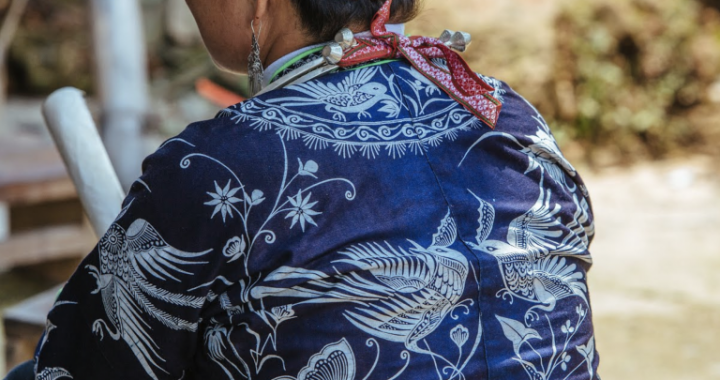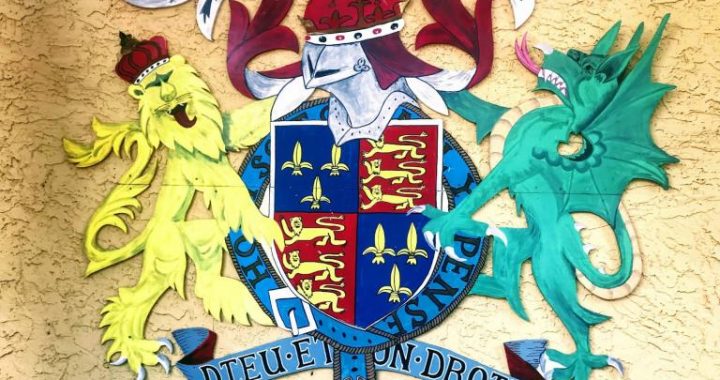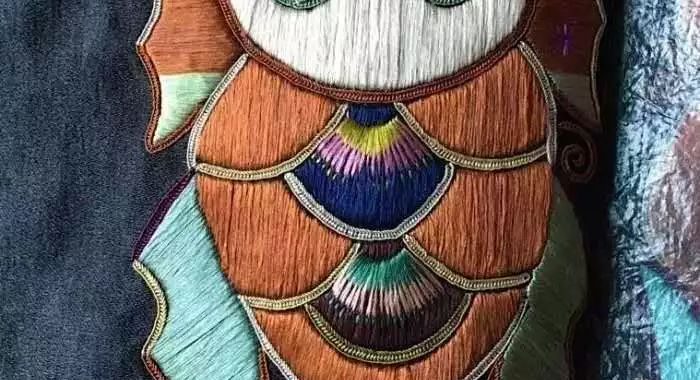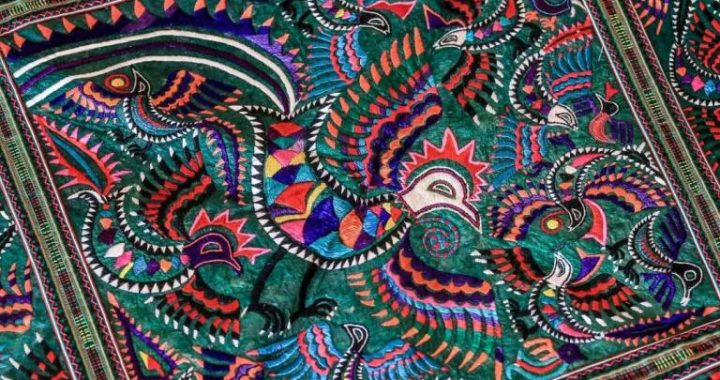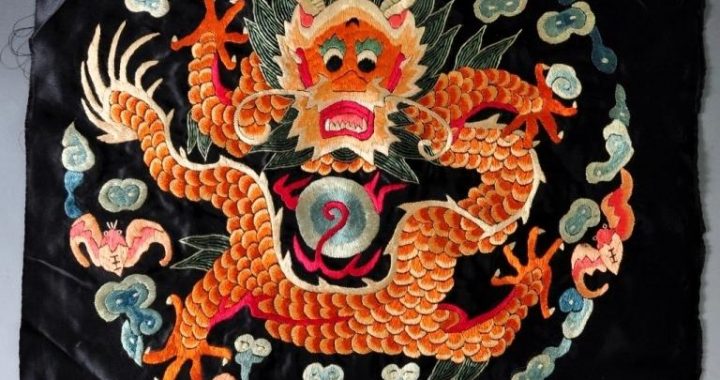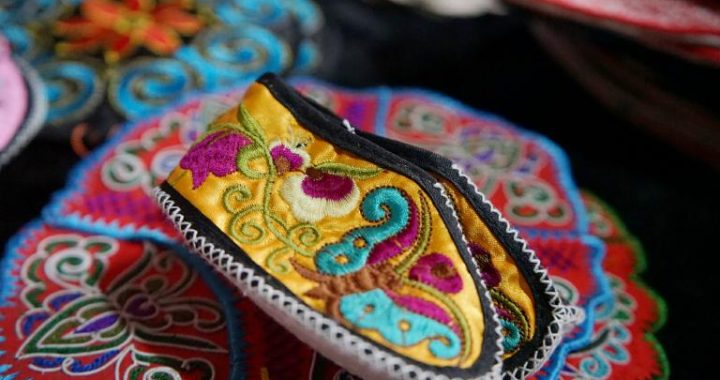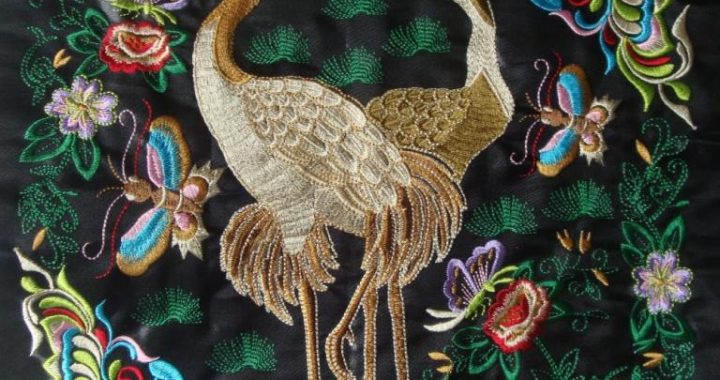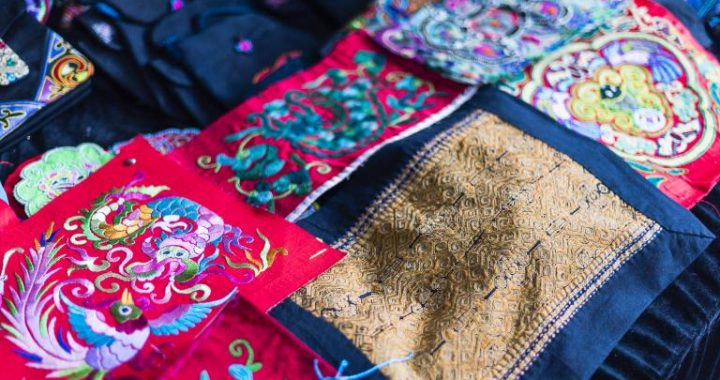Dress Features of Each Ethnic Group
4 min readIn 907, the Liao dynasty was founded by the leader of the Qidan nationality, Yeli A-pao-chi. It totally lasted for two hundred and eighteen years, until in 1125it was replaced by the Yuan dynasty. The dress system of the Liao dynasty was also influenced by the Han nationality, and gradually two systems came into being. The Liao emperor and the south officers in charge of the Han nationality wore the dressof the Han nationality, while the queen mother and the north officers wore the Qidan dress.
The dress of the Han nationality in the Liao dynasty followed the tradition of the Five Dynasties and Ten Kingdoms. In large sacrificial rites, people attending the rite wore golden crown, white silk gown and red waistband hanging fish-shapedornaments. In small sacrificial rites, people attending the rite wore hard hat and red gown embroidered with turtle pattern. Besides, the ordinary people of the Qidan nationality and its subordinate tribes could only shave off the hair, and they werenot allowed to wear hats or scarf. If the rich wanted to wear scarf, they had to pay a lot of money to the court for permission.
在辽代历史上,有关于契丹东北部男性剃毛和留耳的做法的记载。近年来,在中国北方库鲁宁的辽墓和河北省宣化,张家口的墓葬遗址,出土了契丹族壁画,对契丹族的形象进行了描述,并证明了这一点。历史文件中的记录。历史上,中国东北的Nuchen国籍,Ouigour国籍的男性,以及中国西北的Tufan族,也有剃掉头发的习俗,只有契丹族的男性穿长发,男性Ouigour国籍,Tufan国籍和Nuchen国籍队伍。契丹服饰文化曾对汉族产生过影响。例如,在北宋时期,有许多人穿着契丹服饰。但由于辽和宋处于战斗状态,契丹服饰被宋代统治者禁止。
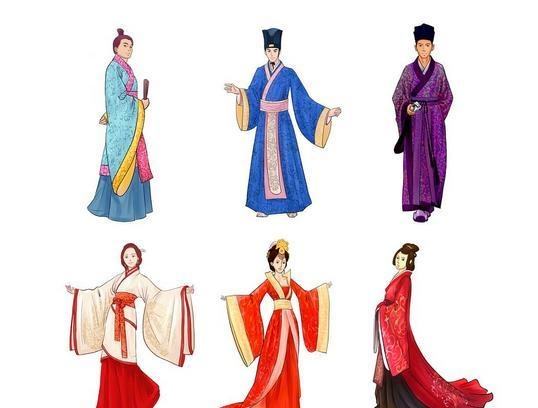
The Jin State was founded by the Nuchen nationality who had lived in the northern China for generations. As a subordinate tribe of the Liao at the beginning, it gradually expanded and finally founded its own regime. In 1115, the regime was wiped out by the Yuan dynasty. The Nuchen nationality carried out cremation after they died. At the sites of the Jin tombs in Beijing, Liaoning, Inner Mongolia and Heilongjiang province, the traces of cremation were found. Due to the practice of cremation, very few historical relics, the dress of the Jin State in particular, were left. But according to some historical documents, even at the beginning, the Nuchen nationality began to imitate the political system of the Liao dynasty to divide all officials into south officers and north officers and paid attention to the ritual system. Later, the Nuchen nationality moved further southward to the Yellow River and began to follow the crown clothing system of the Song dynasty.
The Nuchen nationality lived in the northeastern China for generations, their traditional dresses were generally made of animal skins, hemp and so on. The official dress was designed with narrow sleeves and round neck. These dress were left unsewed under the armpit with pleats in the joint between the front and the back of the garment. There was golden embroidery on the shoulder and in the front.
There wasn’t a complete dress system in the Jin dynasty. Later, when they entered Central Plains, the Emperor Shizong established a preliminary dress system with the Han nationality’s tradition as reference. He had ever issued a decree about the size of flowers patterns in the dress according to different grades: the flower patternfor the officials above the 3rd grade was five inches, the officials above the 6th grade and below the 3rd grade was three inches, and the officials of lower grades wore dress with no flower or tiny flower pattern. Besides, the content of the flower patterns and ornaments were also different for officials of different grades.
西夏是由当时汉代羌族支部的党乡人建立的,因此也被称为党乡强族。后来,党乡民族的影响逐渐扩大到周边地区。1038年,西夏第一位皇帝 – 元昊皇帝正式登基,1227年被蒙古人歼灭,称为“大夏”。大夏位于宋朝西部。辽,所以它在历史上被称为西夏。
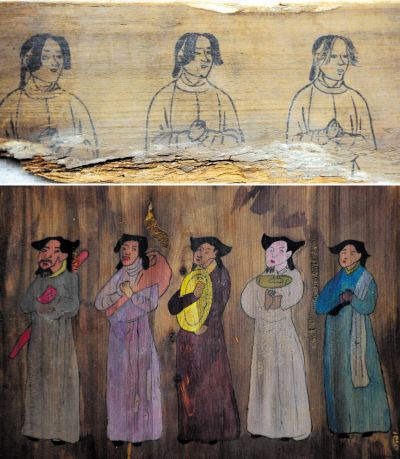
由成吉思汗领导的蒙古军队多次袭击西夏王朝,其间许多历史文献被摧毁。因此,在出土的文物中只能找到一些关于西夏服饰文化的痕迹。到目前为止,还没有找到完整的物体,但是这一时期的人物画,如壁画,木块,保存了许多当当族的形象,这是考古学家研究西夏服饰的重要来源。
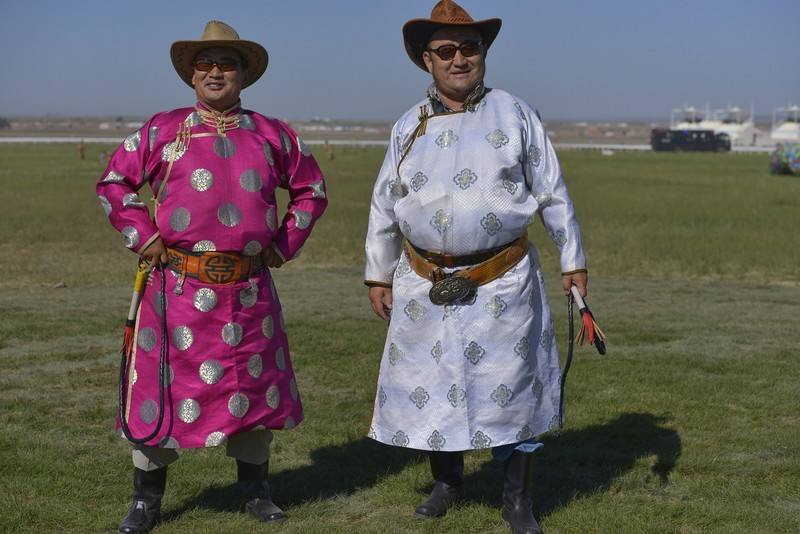
The Yuan dynasty was founded by the Mongolian from the northern nomadic tribe, which were characterized by intrepidity and braveness, and paid much attention to the dress practicability. When they wiped out the Jin dynasty, entered Central Plains, overthrew the regime of the Song dynasty and unified the whole China, the Mongolian took the Han, Tang, Song and Jin cultures as reference, and gradually established their own dress system. In formal occasions, the Mongolian wore dress similar to that of the Han nationality, but their other dresses still preserved the traditional Mongolian style.
In the Yuan dynasty, the Emperor and his relatives all wore Chinese dragon robes embroidered with the flower pattern of dragon. At that time, this kind of robe was once sold in the folk street market, but was immediately banned when the emperorknew it. Besides, it was recorded in historical documents that the hat style once worn by emperor was not allowed to be made or worn by others. Otherwise, the one who did the job would be killed. The commons were also prohibited from wearing yellow ochre, willow green, red and white, brown, purple, gardenia red, carmine. In addition, as far as the commons’ dress is concerned, bamboo hats were not allowed to be decorated with golden jade, and the boots were not allowed to be embroidered with flower patterns. Therefore, the commons could only wear grayish-brown clothes, whicldivided the brown color into many kinds of brown, like dark brown, brick brown, etc.
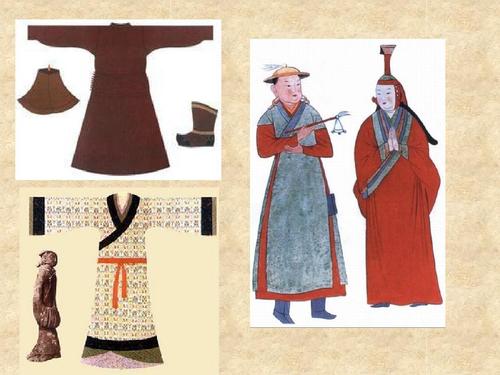
In the Yuan dynasty, the”overcoat”, also called”tuanshan”, was quite popular among women of upper class. It was loose and large, with wide sleeves but narrow cuff and the skirt was long enough to reach the floor. It’s not convenient for walking. This kind of large robe was usually made of golden brocade, velour or wool fabrics, in red, yellow, green, brown, carmine, purple, or golden color. The cloud-like shawl appeared in the Jin dynasty, which was more magnificently and beautifullmade by the Yuan dynasty. The cloud-like shawl for dancers and concubines were even better. The half-length sleeves were also quite popular in the Yuan dynasty, which were favored both by men and women. At the end of the Yuan dynasty, the dresses, hats and shoes of Korean style once became popular in the court. The flower patterns of the Yuan dynasty, whether in themes or in decorations, were developed on the basis of the traditional styles in the Northern and Southern Song dynasties, only varieties of flower patterns were enriched by the drawings of the Western Regions.
